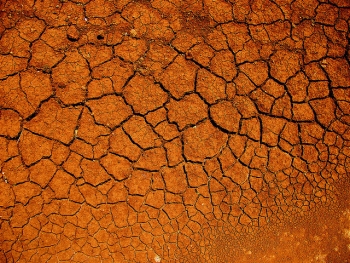BigTreesSupply.com: Advice From A Tree Transplanter On Soil Conditions

Did you know that there are designated state soils?
Oregon’s state soil is Jory, which is named after Jory Hill and the Jory family who lived in the area during the mid 1800s. Jory was adopted as the state’s soil in 2011. It is made up of organic material, clay, silt and loam. Jory is a well-drained soil that comes from indigenous rock. It is often found in forests, especially in places where there are large numbers of Douglas fir and Oregon white oak. Jory has also been used in agriculture to grow hazelnuts, wheat, sweet corn, berries, grass seed and even Christmas trees.
Washington’s state soil is Tokul. The name comes from of a small community in King County. Tokul, which is made of volcanic organic material and loam, is formed from volcanic ash. Soils created by volcanic ash are called Andisols. Washington has hundreds of soils classified as Andisols. In fact, more than 1,600 different types of soil have been catalogued in the state.
Tokul supports the growth of conifer trees such as the Douglas-fir and other evergreens trees. Tokul and similar types of volcanic soil are used in agriculture, the timber industry and livestock grazing. Although it is a significant state soil, very few homes are built on Tokul.
Soil conditions can have a significant impact on tree health and growth. The roots of a tree absorb water, oxygen and nutrients from the soil. When the soil is too dry or has insufficient minerals, the tree will begin to suffer and eventually die.
Most of the soil’s nutrients are found in the top layer of soil, which is where you will also find the highest concentration of roots for most plants and trees.
Soil type also influences a tree’s vitality and longevity. A soil type refers to the amount and size of the rock particles that they contain. The largest particle is sand, followed by silt and clay. For example, loam is a type of soil that has equal parts of sand, silt and clay. Loam can also be called sandy loam, silty loam or clay loam when there are slight changes in the proportions.
Any type of soil compaction, regardless of the soil type, can cause tree stress and result in root injury and disease. Compaction is the physical consolidation of the soil. It is the result of force that pushes the air and water out of the soil. Compaction can be caused by many factors, including foot traffic, animal hooves, light vehicles and heavy machinery. When soil is compacted, not only is root movement inhibited, the roots have more difficulty absorbing water and minerals from the soil. Clay soil compacts more easily than sandy soil.
The easiest way to prevent soil compaction is to keep people, animals and equipment away from your trees and shrubs.
If you have trees on your property and are concerned about soil compaction or other soil-related issues, speak to a big trees, arborvitae trees, or tree nurserys specialist. You can find out how to avoid issues that could result in tree damage or loss.
